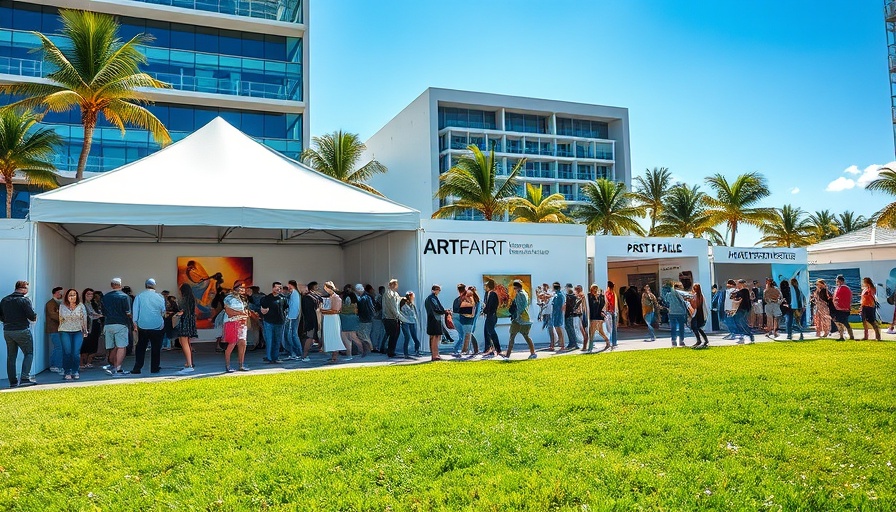
Contentious Closure Sparks Nationwide Outcry
The recent closure of Fabián Cháirez’s exhibition “The Coming of the Lord” at Mexico City’s Academy of San Carlos has ignited a heated debate about artistic freedom and religious sensitivity. This historic art institution, founded in 1783, has become the epicenter of a contemporary cultural conflict reminiscent of historical censorship issues. The exhibition, featuring provocative homoerotic imagery juxtaposed with religious themes, was halted after a federal judge responded to complaints from a Christian advocacy group. As the walls of this venerable academy stood silent, protestors gathered outside, manifesting a spirited call for artistic expression.
Art, Faith, and Social Context
This incident is part of a broader narrative about the intersection of art and faith in modern Mexico. Artists like Cháirez grapple with the delicate balance between creative expression and societal mores. While some view such artworks as necessary challenges to the status quo, others perceive them as blatant offensives against long-held beliefs. This tension reflects a societal evolution, where plurality and LGBTQ+ rights are increasingly in the spotlight amidst traditional values.
Past Controversies Mirror Current Events
Cháirez isn’t new to controversy. His earlier work featuring Emiliano Zapata prompted protests and even threats of legal action. This suggests that his newest exhibition is not an isolated case but indicative of ongoing cultural clashes in Mexico, where issues surrounding sexuality, identity, and power dynamics frequently emerge in the arts. The resurgence of protests against Cháirez's work highlights a pattern of resistance against perceived marginalization of conservative viewpoints.
Legal Actions and Their Implications for Artists
The legal maneuvering behind the closure indicates a growing willingness of courts to intervene in artistic matters, raising concerns for future artistic freedom. Legal expert Jaime Cárdenas Gracia noted the unprecedented nature of such a judicial suspension, labeling it a challenge to the very fabric of artistic expression rights. As the judiciary undergoes significant changes influenced by political maneuvering, the stakes for artists in Mexico are rising.
Support from the Artistic Community and Beyond
Events at the Academy of San Carlos have galvanized a coalition of support from LGBTQ+ rights organizations, demonstrating solidarity against censorship. Activists, artists, and even sympathetic allies recognize the crucial role of art in fostering dialogue. In the words of Cháirez, art holds the power to “imagine worlds that do not yet exist,” underscoring its role as a transformative force in society.
What Lies Ahead for Artistic Expression?
As the debate continues, artists and activists alike ponder the future of artistic freedom in a climate of rising conservatism. Will censorship prevail, or will the community defend the tenets of free expression? This pivotal moment is not just about one exhibition; it serves as a litmus test for the broader discourse surrounding freedom of expression within artistic communities across Mexico and beyond.
Join the conversation to advocate for the rights of artists and support the crucial dialogue around censorship. The future of artistic expression depends on your voice and action.
 Add Row
Add Row  Add
Add 




Write A Comment